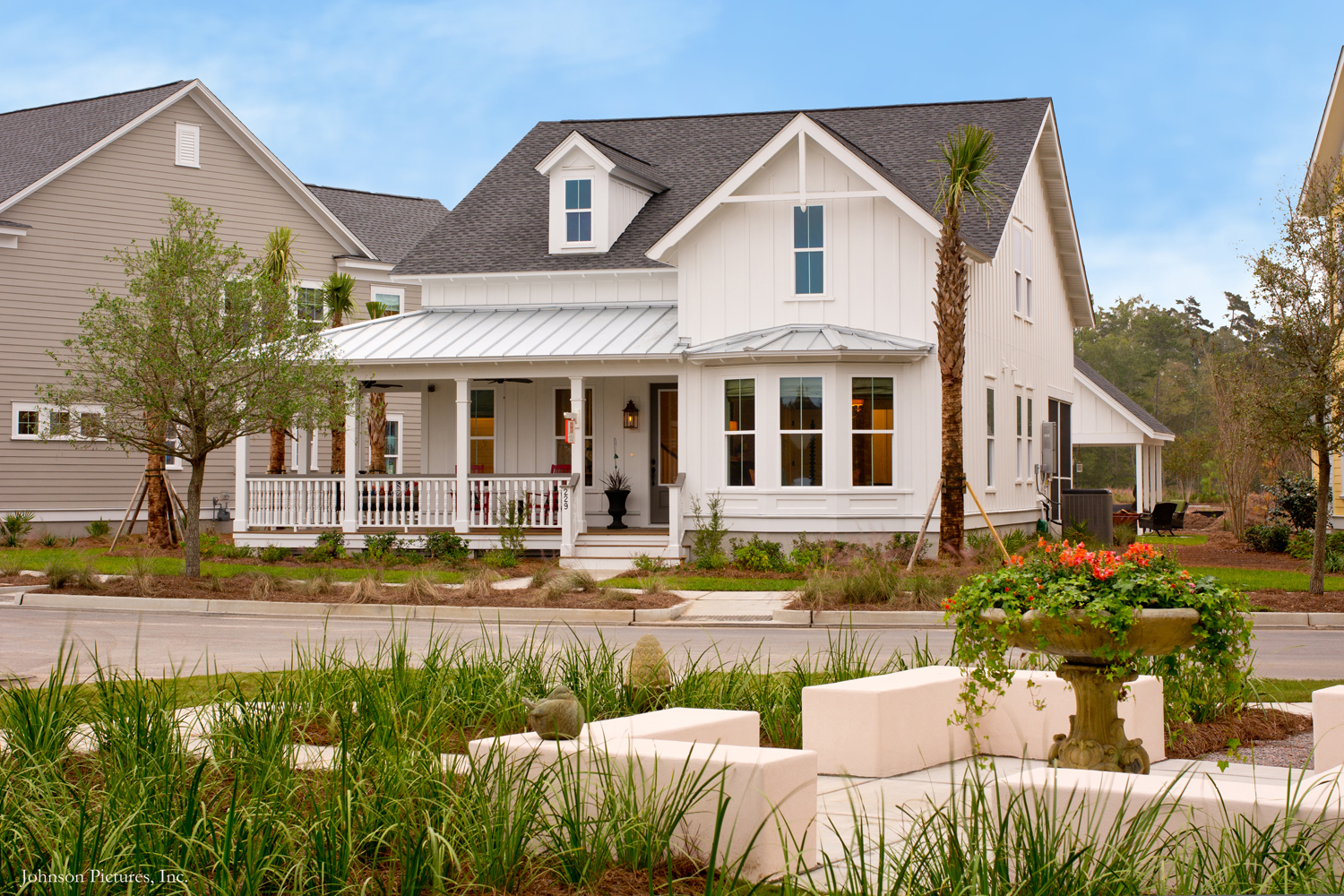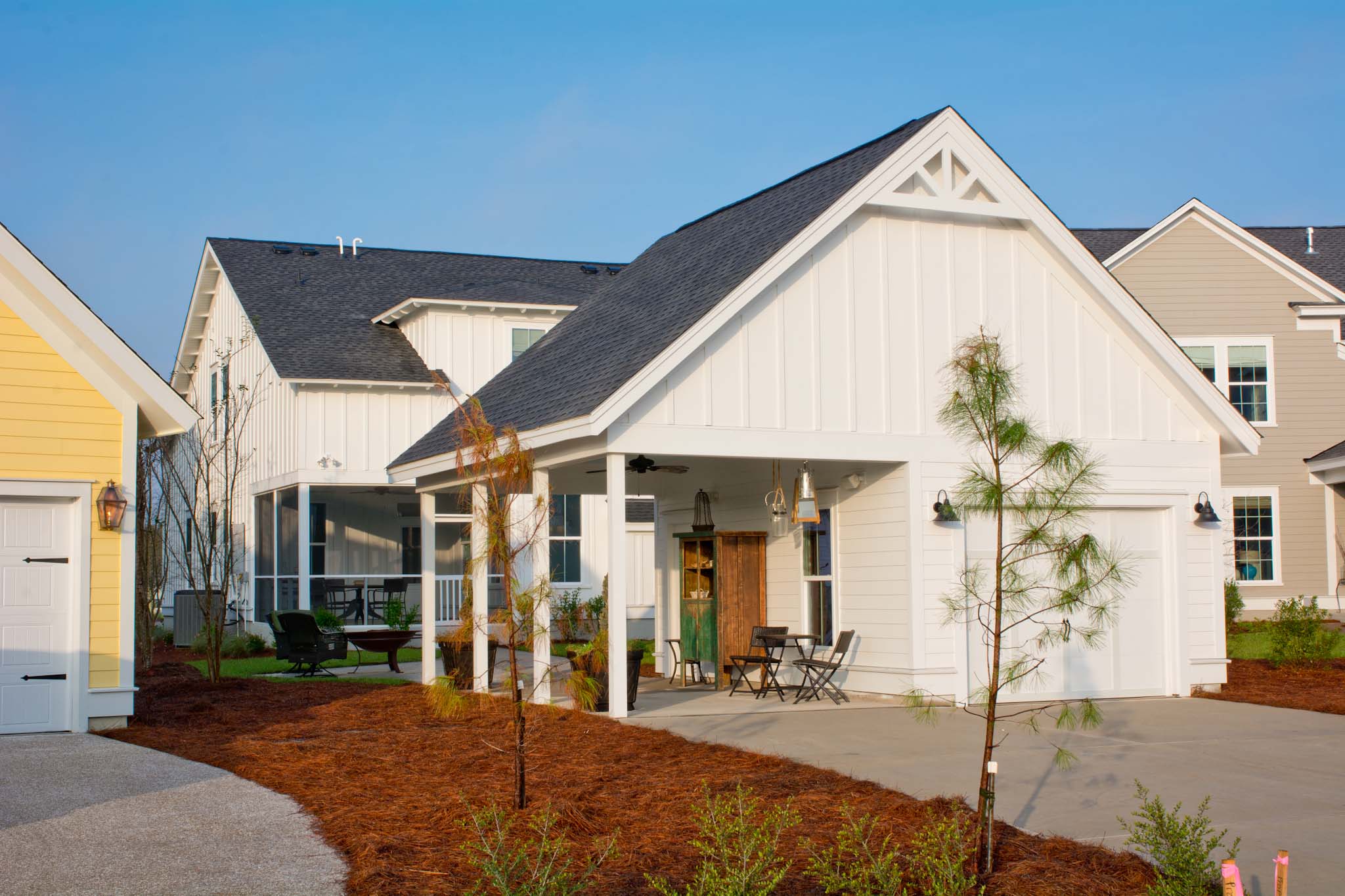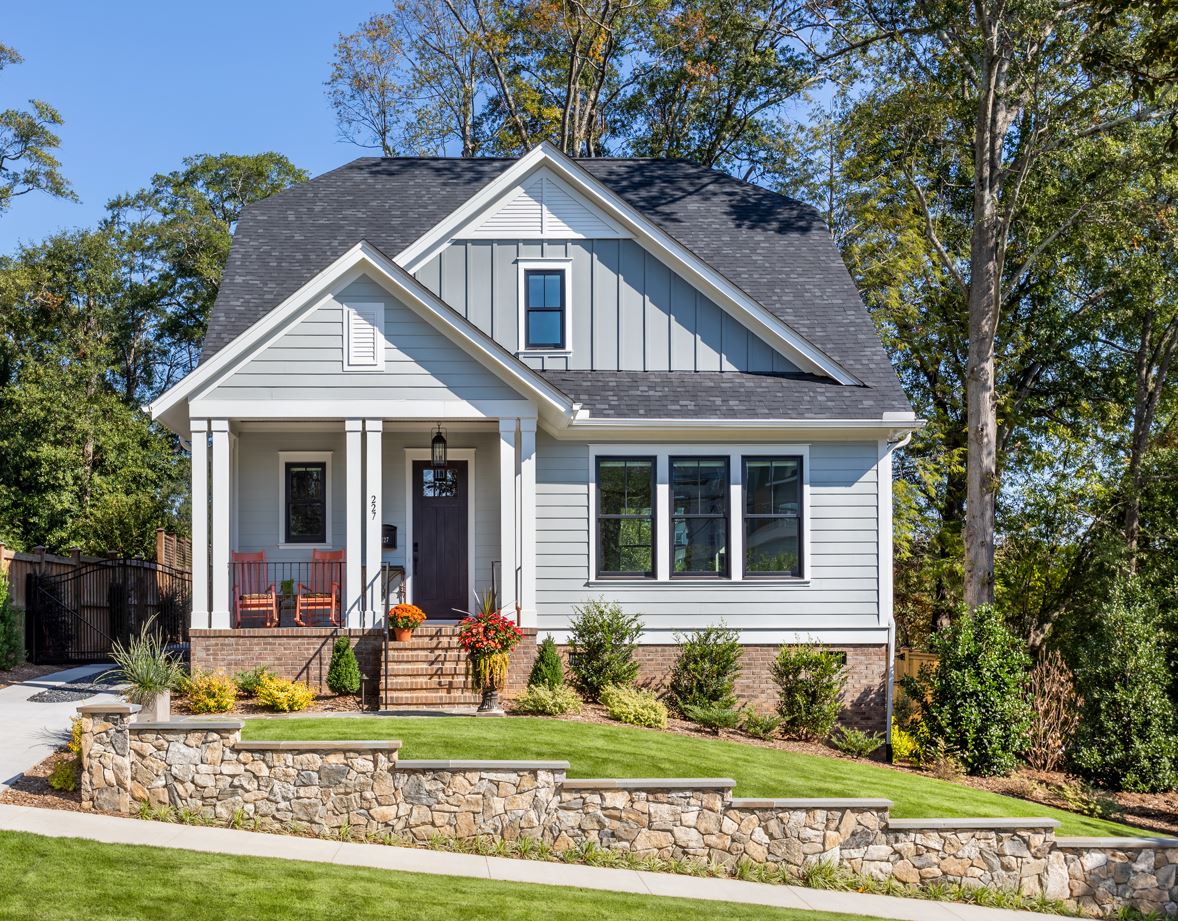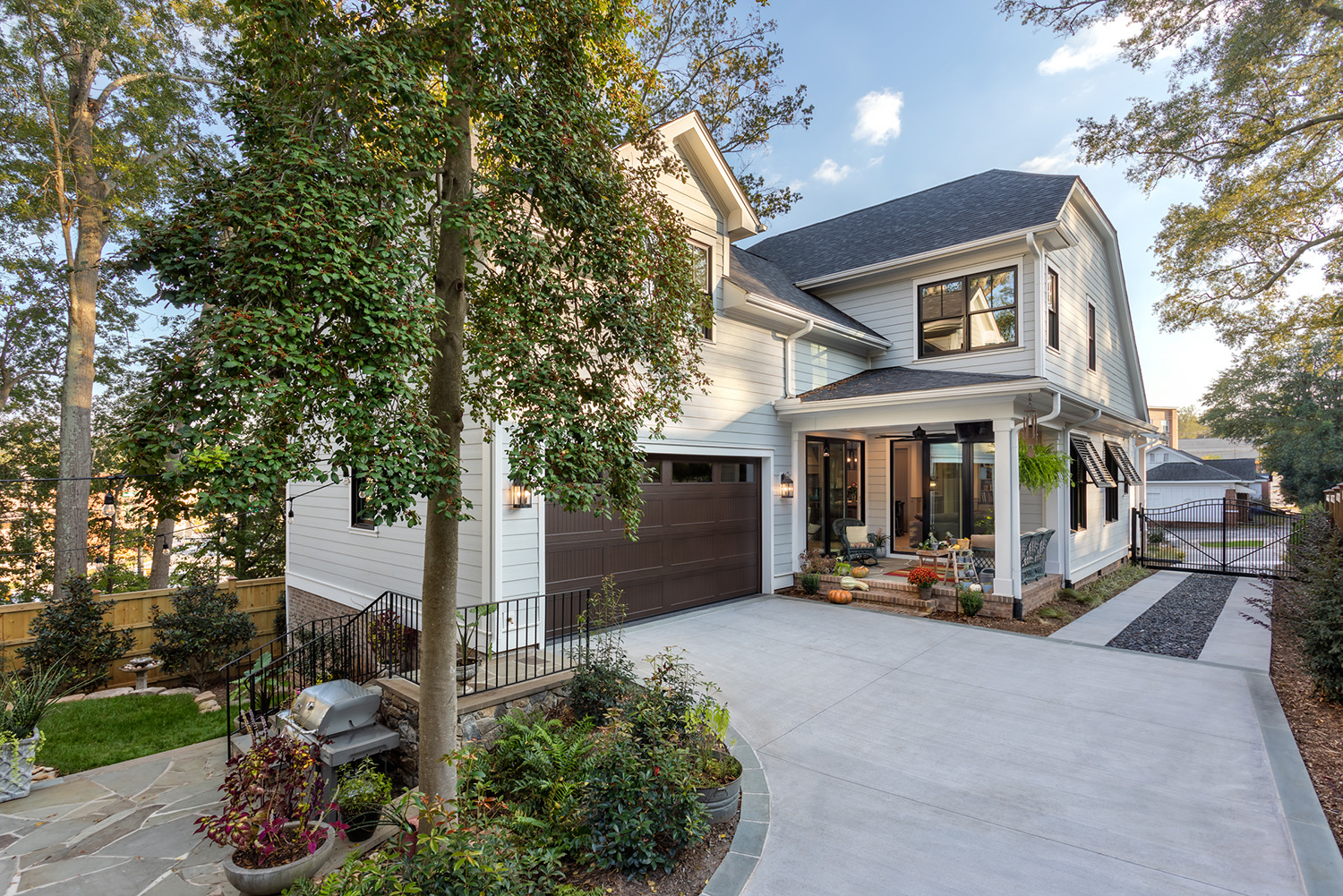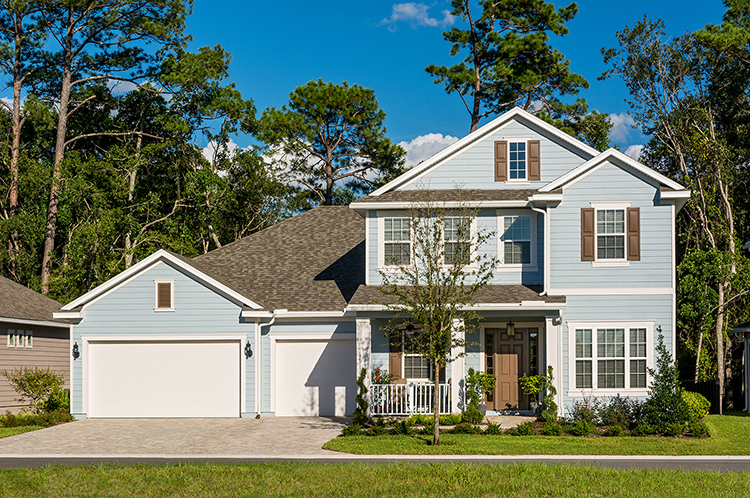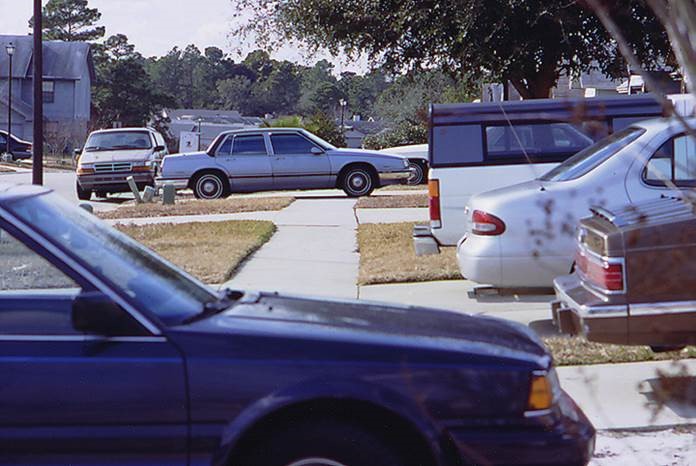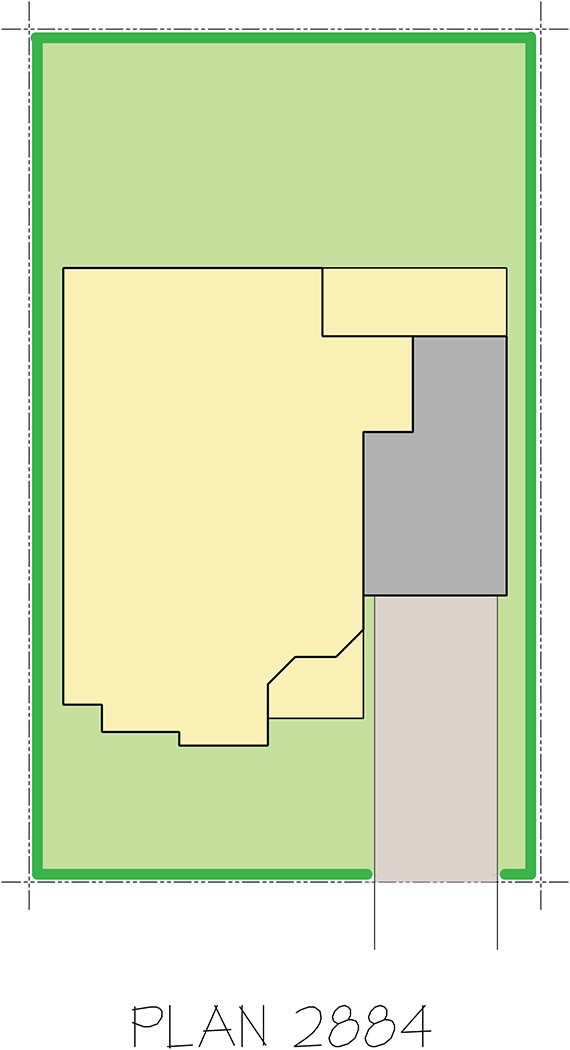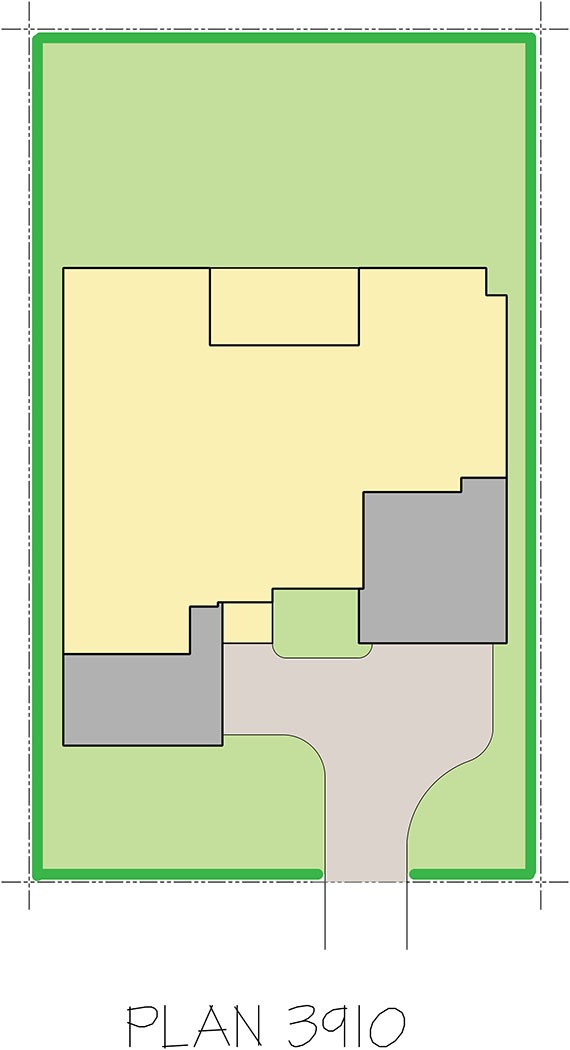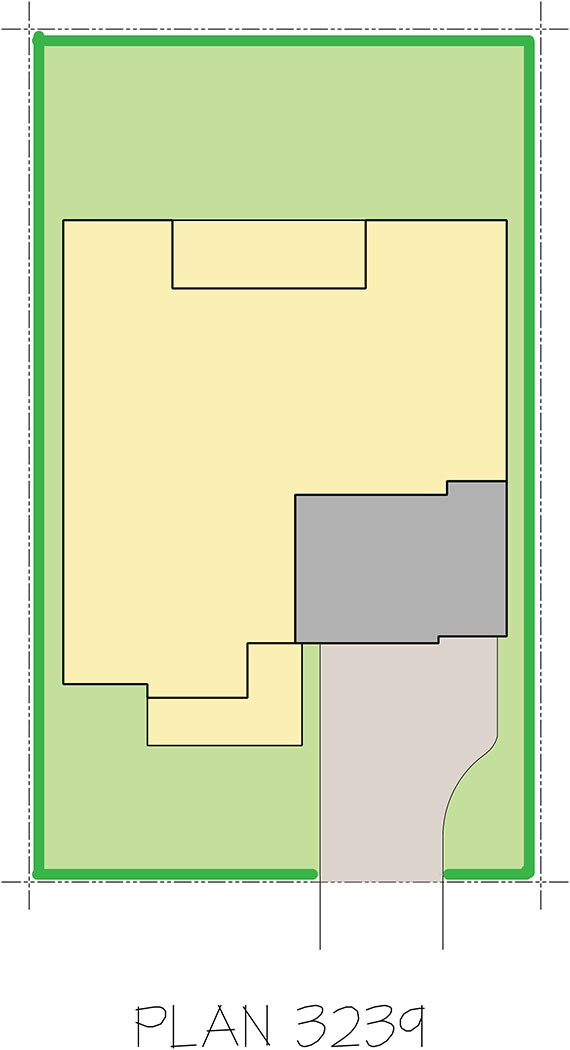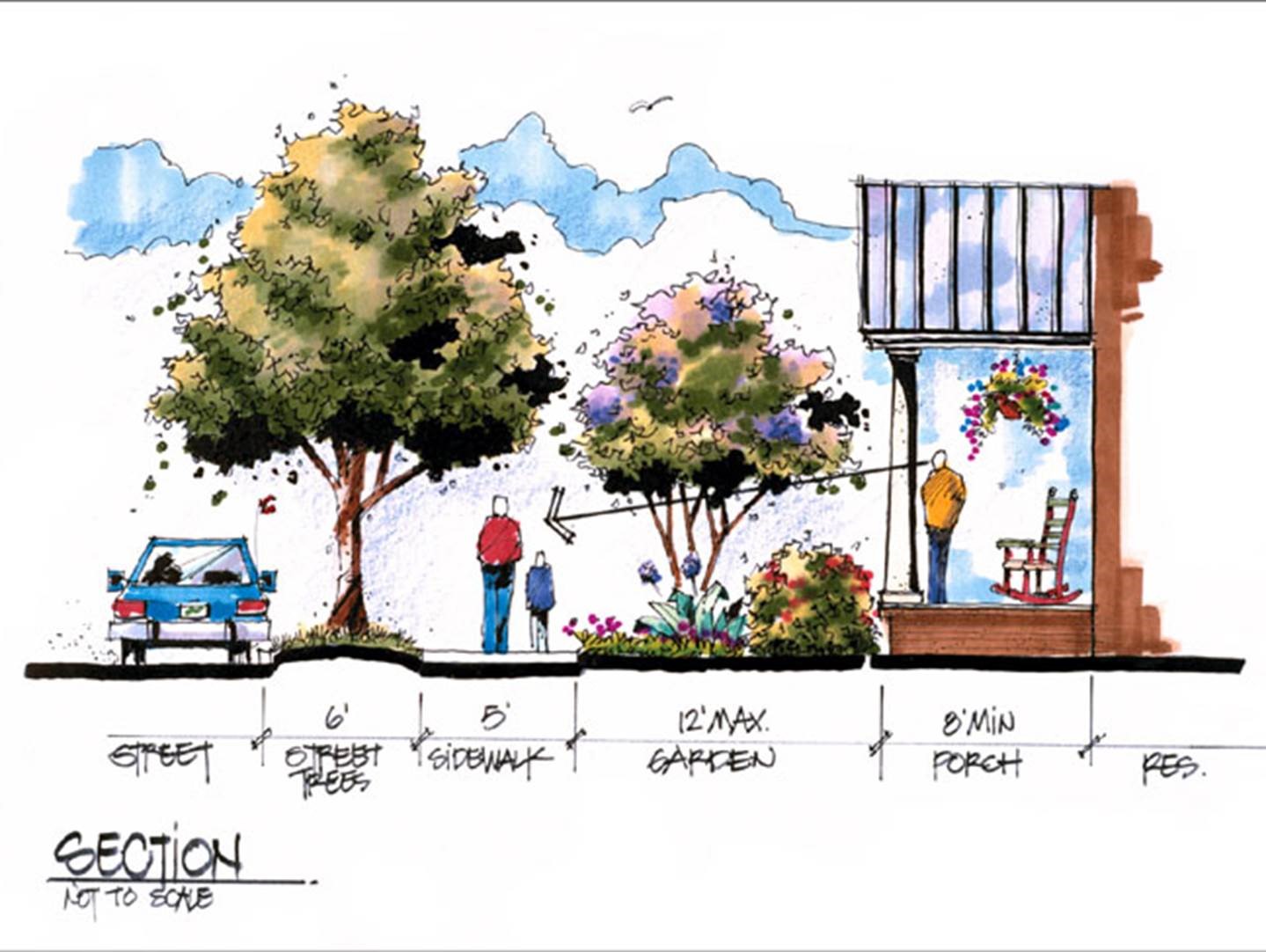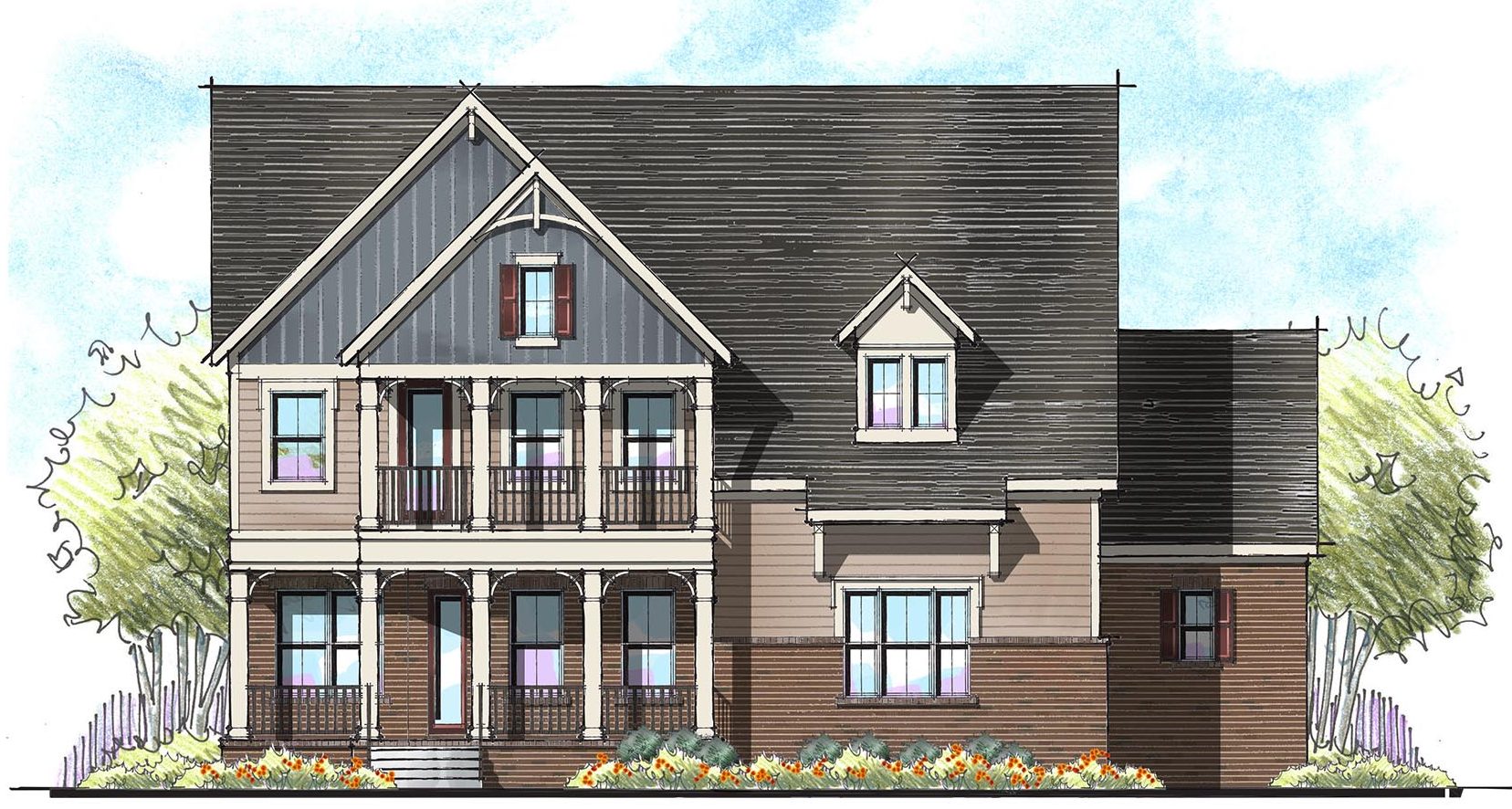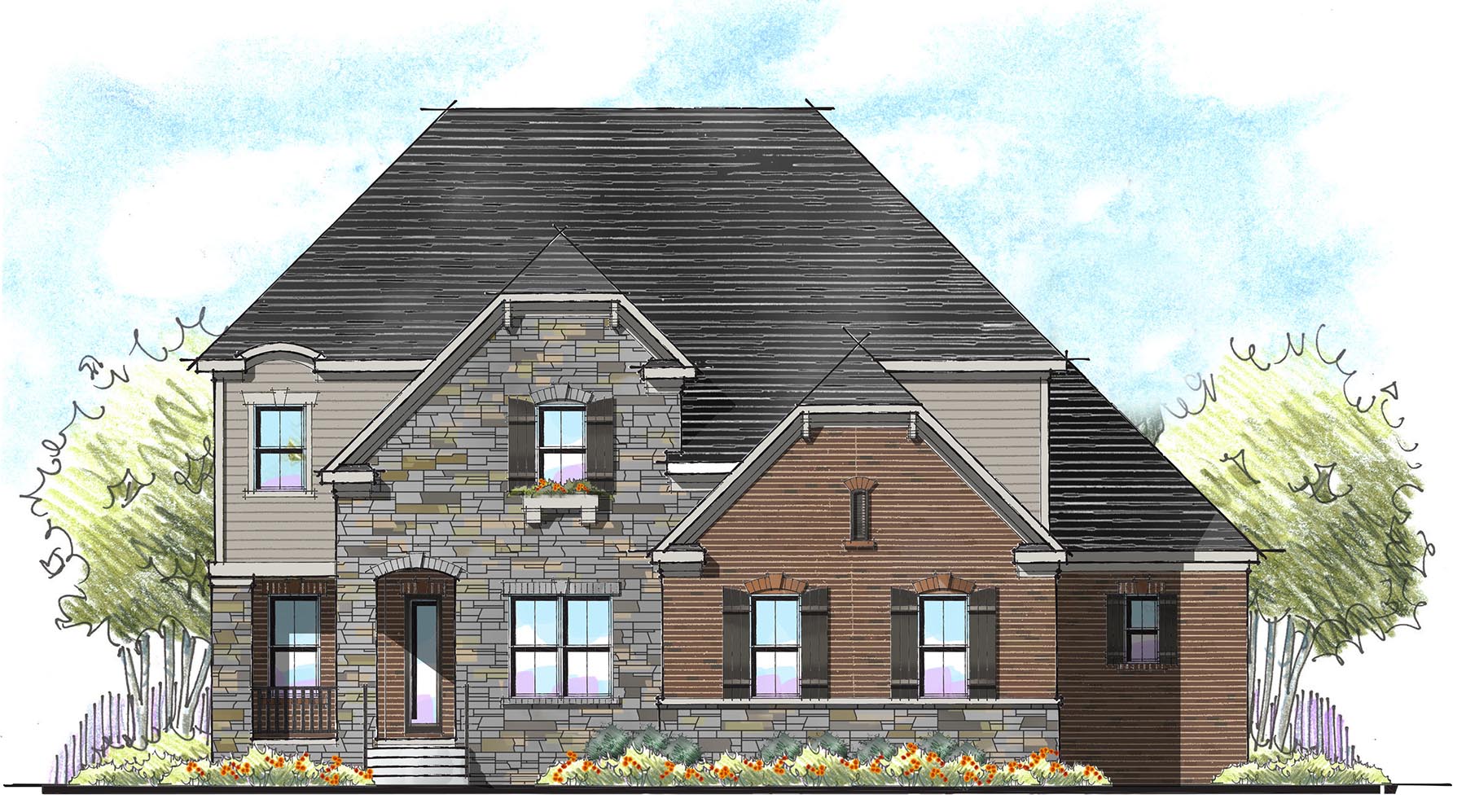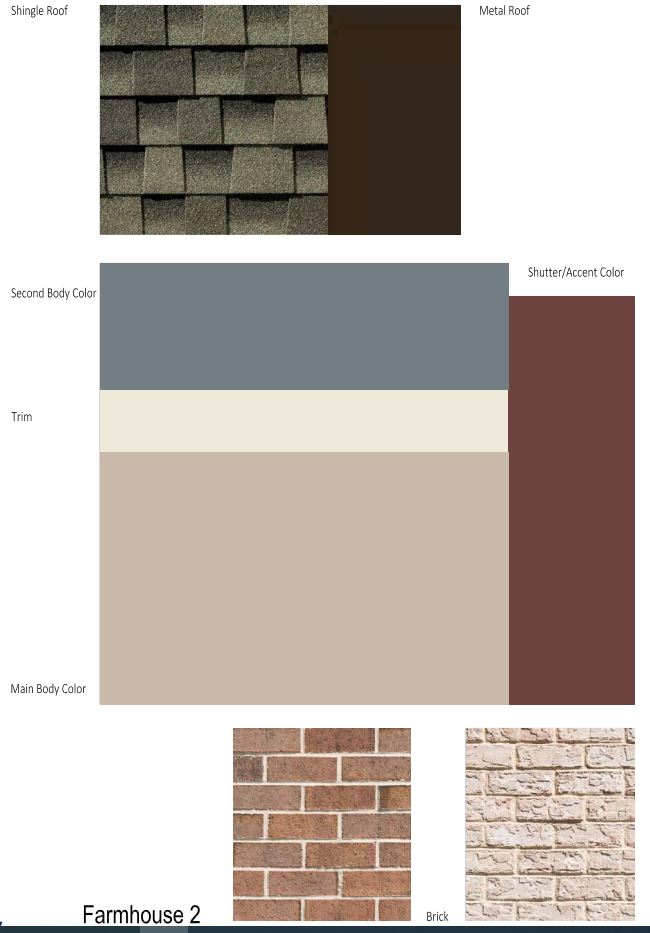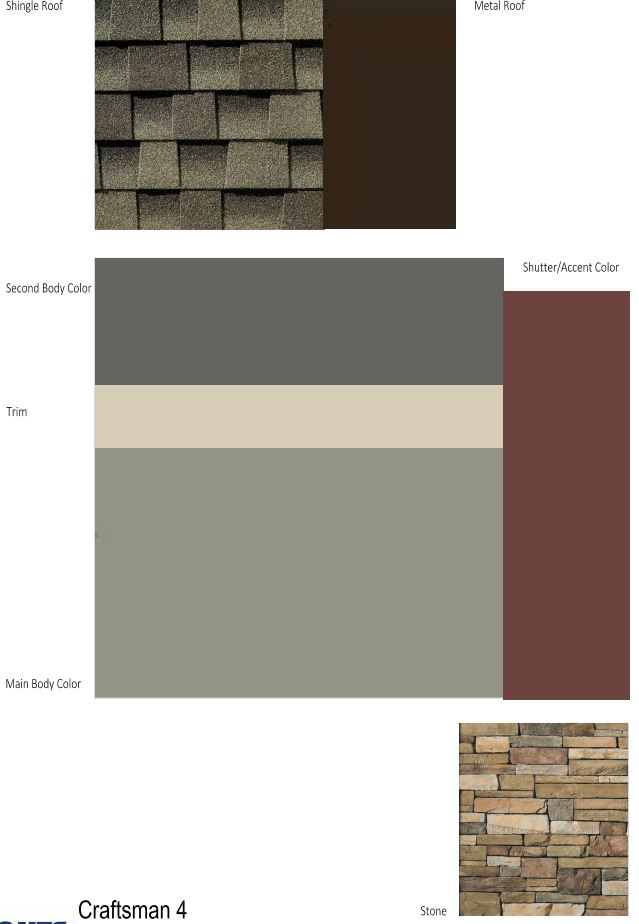Have you ever heard of the X Factor applied to home values? It is the intangible that increases the value of a home beyond the cost of bricks and sticks. One of the contributors to this X factor is the community. Over the years, we have developed a list of key components to create a legacy community.
1. Pedestrian-friendly
2. Rich assortment of Architectural styles
3. Varied palette of textures, materials, and colors.
Pedestrian-friendly
“Pedestrian-friendly” is a term that is often used but not always fully understood or executed. There are several factors that make a community pedestrian-friendly:
- House forward/garage back
- Adequately sized garages
- Inviting front porches
House forward/garage back
To make a community walkable, we need to get the cars out of the way. This can be done with alley-loading the garage like charming Oakland Park in Orlando or Summer’s Corner in Summerville, SC.
When alleys aren’t feasible, you can also put the garage on the back of the lot with a single lane driveway from the street to access it like in historic Earle Street in Greenville SC.
Most common is the front-loaded garage set back from a front porch like in Old Still in Jacksonville FL or in Nocatee in St. Johns County, FL.
It is even possible to have porch forward and garage back in a 30’ wide house if designed with care.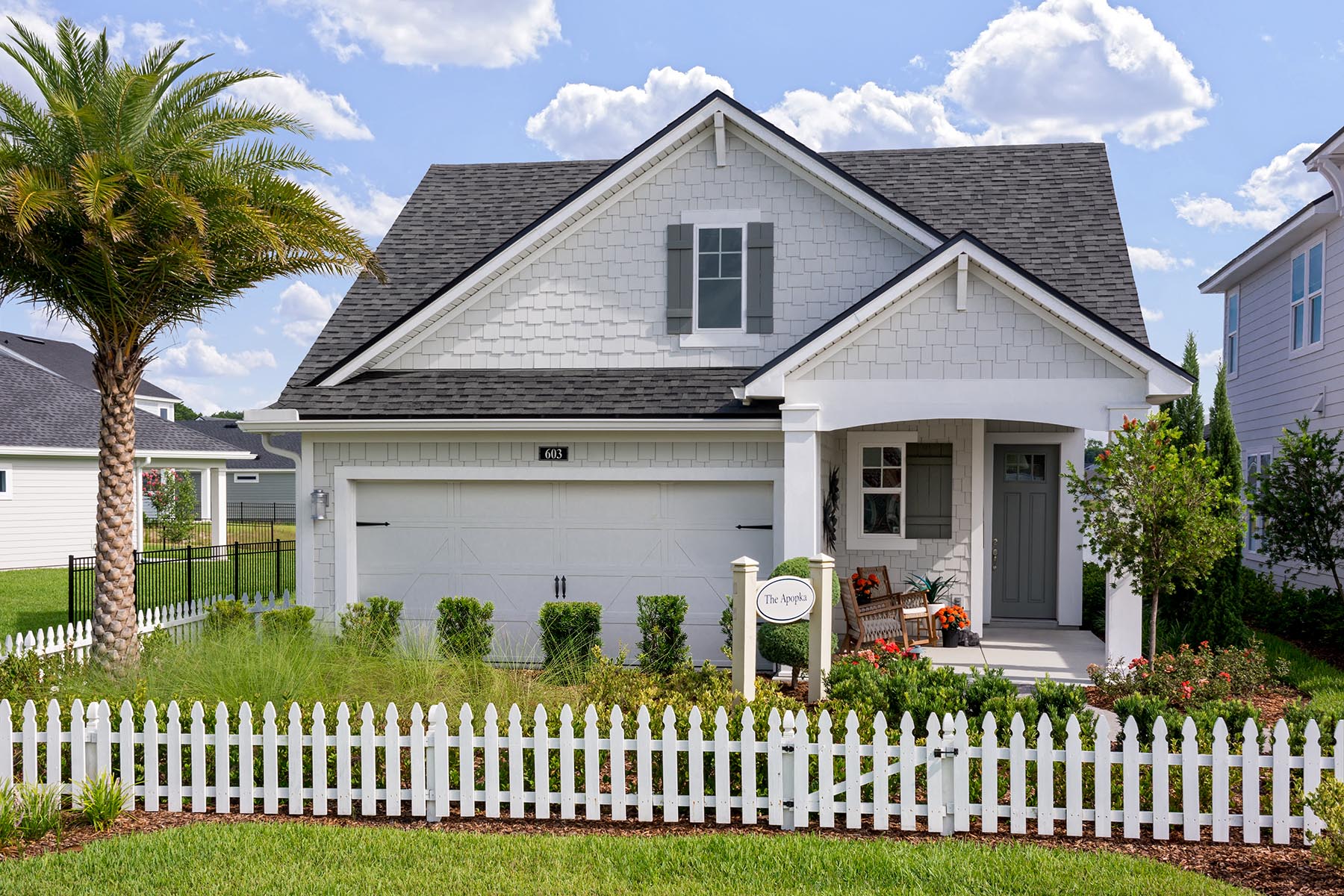
Adequate Garages
Often, garages get little focus in the design process. But an insufficient garage leads to disaster for the community. One such “affordable” community in Jacksonville not only had undersized garages, but some homeowners have turned them into living space. The result leads to unattractive homes with cars littering the street.
Consider making garage large enough for cars, water heaters, giant trash and recycle receptacles, and the occasional bike or two. Add three car garage solutions whenever possible – either 3 car front, two/one split or tandem.
Inviting front porches
A truly pedestrian-friendly community has usable front porches within conversational distance from the sidewalk. Making them at least 6’ deep makes them usable for furniture and a path in front. Consider 12’ as your minimum width – depending on the size of the home, of course. As the house gets wider – so should the porch.
Assortment of Architectural styles
Remember when homeowners could choose from elevation A, B, or C? (Please tell me you’re not still doing that!) This was not the way to create a legacy community with a rich streetscape. Instead, consider a variety of architectural styles – four to five is ideal. If your architectural budget will only allow two elevations per house – vary the styles offered from house to house so you still end up with a variety of styles along your streetscape. This is a great way to fighting the monotony of cookie cutter houses lining the streets. If you have one very popular house (like the model), consider increasing the number of styles offered on that house.
Varied palette of textures, materials, and colors
This is the last and final piece needed to create a legacy community. Sorry – but all-beige stucco houses aren’t going to give you a diverse streetscape, even with multiple styles. Likewise, all white board and batten houses become just monotonous. First, choose materials that are appropriate to the style including stucco, siding (lap, shake and board and batten), brick, and stone. Then select colors that reinforce the architectural styles. This means you must tie your color selections to style in order to prevent homeowners from selecting the light, bright breezy color scheme designed for a Low Country house to be painted on their Craftsman exterior – which should get more saturated, earthy colors.
One community here in Jacksonville took color and style selection to the next level, designating certain lots for styles and colors. The builder feared buyer pushback, but instead discovered he had created a new sense of urgency for buyers to select their lots based upon their desired color scheme and style.
Finally, it is important to share your vision with buyers early in the development process. Convey the story of what you’re trying to create and why your community will withstand the test of time. Getting homeowners on board with your vision from the start not only helps justify lot premiums, but helps them become a part of that vision and wanting to build a legacy of their own.
Thank you for including Housing Design Matters in your homes and communities!
Categorized in: Community Design
This post was written by Housing Design Matters



